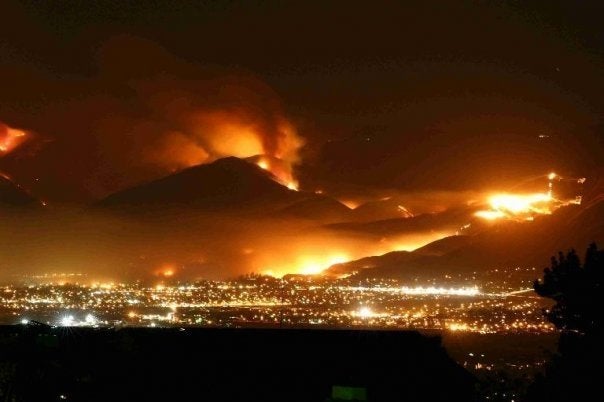
Promoting the adoption of household preparedness to natural hazards represents a critical step toward building resilient communities. However, despite the efforts of stakeholders who provide hazard preparedness recommendations to the public, the level of disaster preparedness across the world remains low. We hypothesize that the passive way in which natural hazard and risk information is most often delivered (i.e., lecture style; pamphlets; websites) inhibits participants’ ability to connect with the materials, limiting both their attention and knowledge retention.
Our study examines how knowledge, perceptions, and attitudes toward preparedness actions influence preparedness behavior of residents of Boise’s Wildland Urban Interface (WUI). As part of our study, we implemented a questionnaire before and after a 90-minute education workshop designed to help participants better understand WUI hazards, personalize their household risk, and develop positive attitudes toward taking mitigation and preparedness actions. The workshop, developed in collaboration with the Boise Fire Department and Idaho Firewise, uses active-learning and goal setting strategies to help participants engage with the material and set reasonable, measureable, and achievable goals.
Analysis of pre- and post-questionnaires show an overwhelmingly positive shift in knowledge, perceptions, attitudes, and preparedness intentions after experiencing the workshop. For example, our attendees reported feeling more able to protect their family and property from the threat of wildfire after our workshop. They also reported an intention to take action to reduce household risk after the workshop.
Our research demonstrates the efficacy of active-learning and goal-setting strategies to engage homeowners who live in the wildland urban interface (WUI) in a way that helps them personalize their wildfire risk and develop positive attitudes toward preparing. This work also demonstrates how giving the audience a voice through active-learning allows stakeholders to both recognize and resolve inaccurate risk perceptions, lack of trust in message sources, and negative attitudes toward preparing for future hazard events.
Investigators
- Dr. Brittany Brand, Boise State University – Department of Geosciences
- Carson MacPherson-Krutsky, Boise State University – Department of Geosciences PhD Candidate
- Cera Windham, Boise State University – Undergraduate in Environmental Studies
- Content Collaborators include Jerry McAdams (Wildfire Mitigation Specialist with the Boise Fire Department), Brett Van Paepeghem (Idaho Firewise), and the Fire Adapted Communities Learning Network